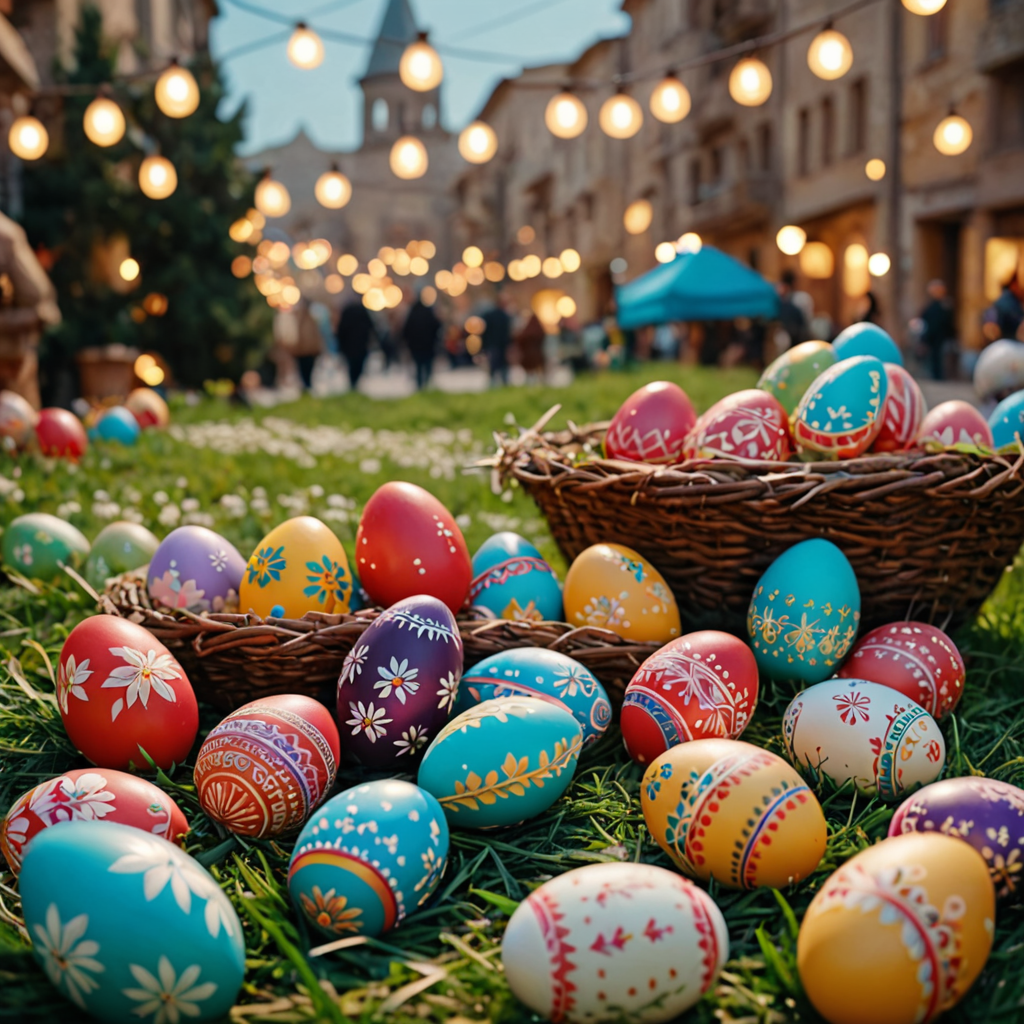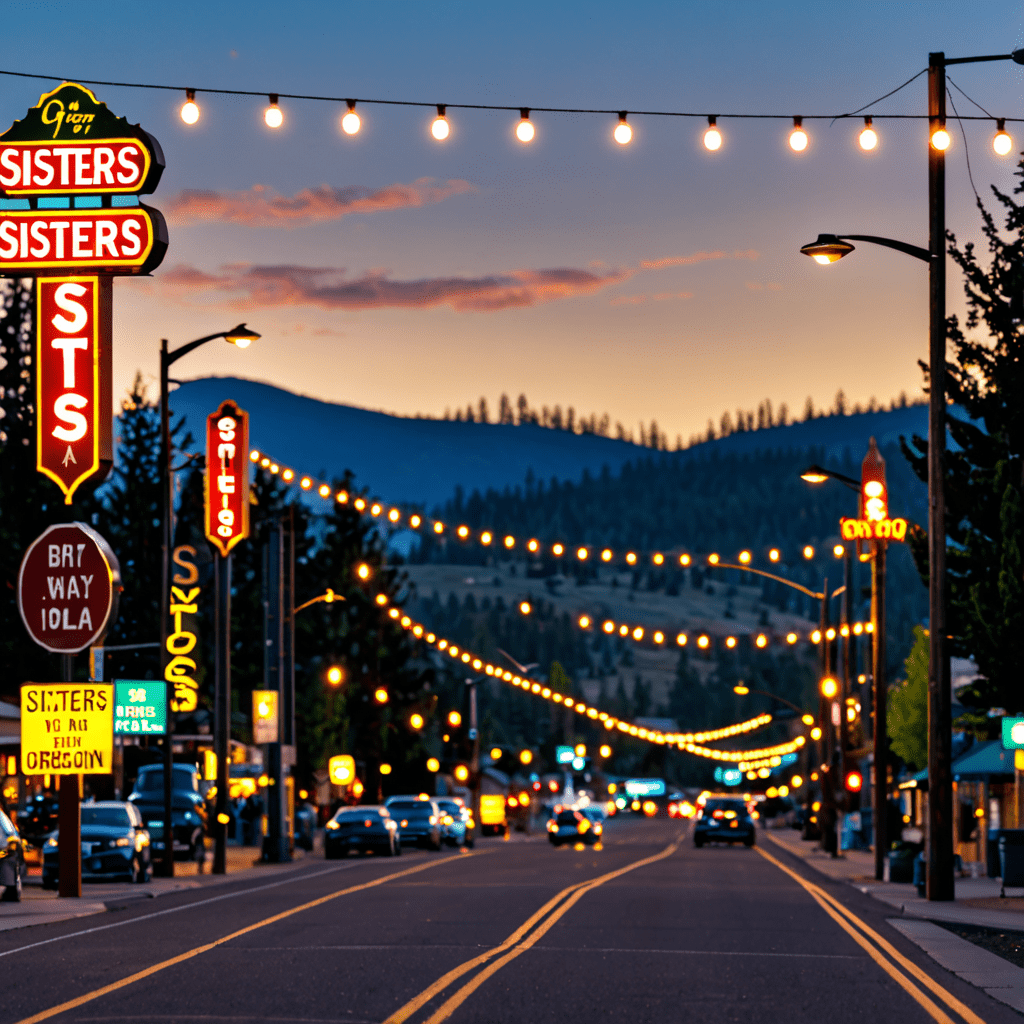
Armenian Easter Traditions and Celebrations
Introduction to Armenian Easter
Armenian Easter, known as “Zatik” or “Zadig,” is a significant holiday in Armenia celebrated with various traditions and customs. It falls on a different date than Easter in the Western world due to the usage of the ancient Julian calendar by the Armenian Church.
Preparations and Lenten Season
Before Easter, Armenians engage in a period of fasting and prayer during the Lenten season. This period involves abstaining from certain foods to prepare spiritually for the celebration of Christ’s resurrection.
Colorful Easter Eggs
Easter eggs hold a special significance in Armenian Easter traditions. Families gather to dye and decorate eggs with vibrant colors, symbolizing new life and the resurrection of Jesus Christ. These eggs are often exchanged as gifts.
Delicious Traditional Foods
Armenian Easter feasts are extravagant and include a variety of delicious dishes such as “khorovats” (grilled meats), “dolma” (stuffed grape leaves), “lavash” (flatbread), and desserts like “gata” (sweet pastry).
Church Services and Blessings
On Easter Sunday, Armenians attend church services that include special prayers and blessings. The “badarak” (divine liturgy) is an integral part of the Easter celebration, commemorating the resurrection of Jesus.
Traditional Games and Festivities
Armenian Easter is also a time for joyful celebrations with traditional games such as egg cracking, where participants compete to crack each other’s dyed eggs. Festivals, music, and dance performances add to the festive atmosphere.
Conclusion
Armenian Easter traditions are deeply rooted in religious and cultural practices, fostering unity and joy among families and communities. The rich customs and celebrations associated with Easter showcase the vibrant and festive spirit of the Armenian people.
Armenian Easter Traditions and Celebrations FAQ
What are some traditional Easter customs in Armenia?
In Armenia, Easter, known as “Zatik,” is a significant religious observance. Traditional customs include lighting candles in churches, decorating eggs, preparing special dishes like “khorovats” (barbecue), and attending church services.
How is Easter Sunday celebrated in Armenia?
On Easter Sunday, Armenians often attend early morning church services, where the Resurrection of Christ is announced. Families gather for festive meals, exchanging dyed eggs, and enjoying traditional Armenian cuisine like “khashlama” (braised meat stew) and “nazook” (sweet pastry).
Are there any unique Easter traditions specific to Armenian culture?
Yes, Armenians have distinctive Easter customs, such as the game of egg tapping where people try to crack each other’s eggs without breaking their own. Another tradition is the blessing of the four corners of the world, symbolizing the spread of Christianity.
What role does religious observance play in Armenian Easter celebrations?
Religious observance is central to Armenian Easter celebrations. Many Armenians fast during Lent before Easter and participate in church services throughout Holy Week. The blessing of the Easter foods by the priest on Holy Saturday is an integral part of the religious customs.


